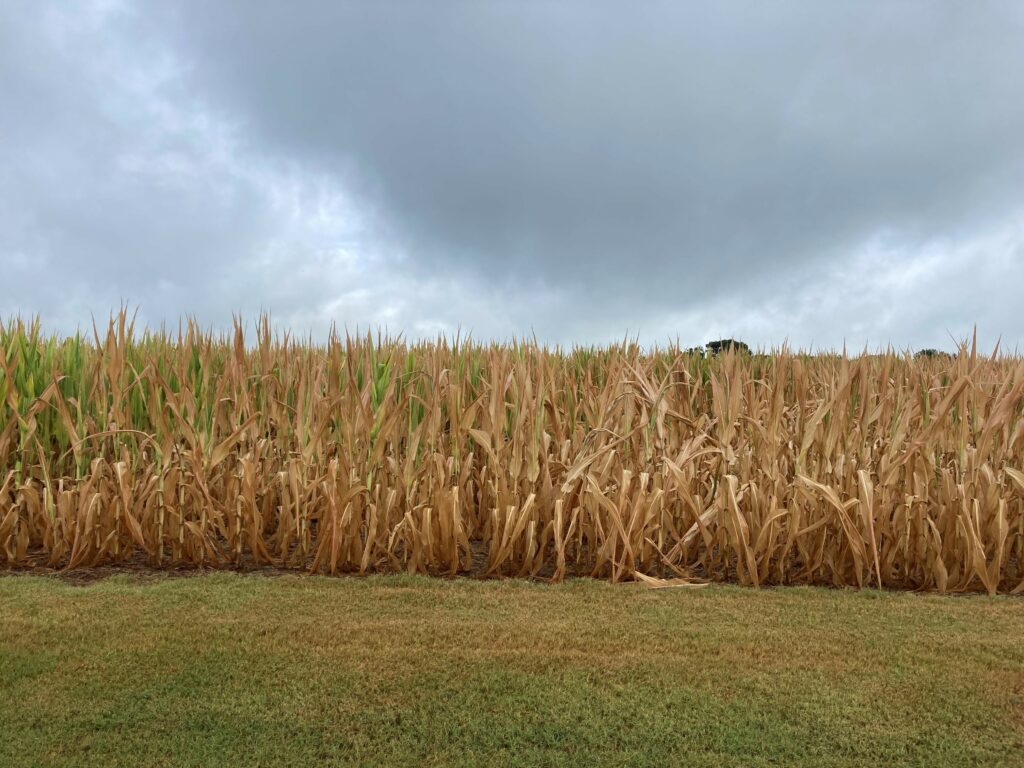
The long hot and mostly dry June and July have driven a good bit of our corn crop to premature maturity. Similar to the drought of 2012 when the corn crop burned up, I would expect a good bit of the prematurely matured corn will be harvested in August and early September. In 2012 a good bit of that early harvested corn was planted to wheat well before the fly free date. I expect many will manage this disappointing corn crop similarly this fall.
Different than in 2012, ryegrass is a more prevalent and severe problem in wheat. So, what are a couple of options to manage those weeds in early planted wheat?
Option 1 with no Palmer amaranth present and ryegrass emerged. Burndown shortly after corn harvest with glyphosate + Finesse. This should effectively burndown early sprouted ryegrass, volunteer corn and provide residual control for ryegrass until wheat planting. Then apply Anthem Flex preemergence or delayed Pre or Zidua delayed Pre.
Option 2 with Palmer amaranth and ryegrass emerged. Burndown shortly after harvest with paraquat. Paraquat will control the emerged Palmer and should do a pretty good job on newly emerged seedling ryegrass. Then preemergence apply glyphosate + Anthem Flex.
Option 3 in very early harvested corn fields. Burndown with glyphosate + Fierce EZ. This should be a good burndown, provided there is no volunteer corn or Palmer amaranth. It will also provide very effective residual control for ryegrass well into 2023. Please keep in mind that Fierce EZ can only safely be applied to wheat well before planting. The label states Fierce must be applied at least 14 days prior to wheat planting.
If Palmer amaranth is up in option 3 then paraquat could be used in place of glyphosate. However, watch out for mixing issues. Herbicide compatibility issues are typically caused by the pH in the tank getting too high. As such they are hard to predict as the pH of many water sources used for spraying change over time.
The easiest way to avoid this mess is to acidify the tank with AMS or one of the many AMS substitutes like Class Act, Choice, Quest, etc. Most use one of the AMS substitutes and typically at a rate of 1% v/v. The best approach is to add water to the tank, start the agitation and then add the AMS substitute. Next add the white herbicides and then Gramoxone + surfactant.

